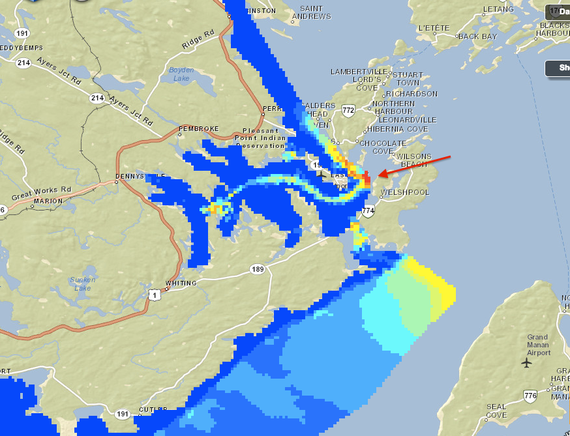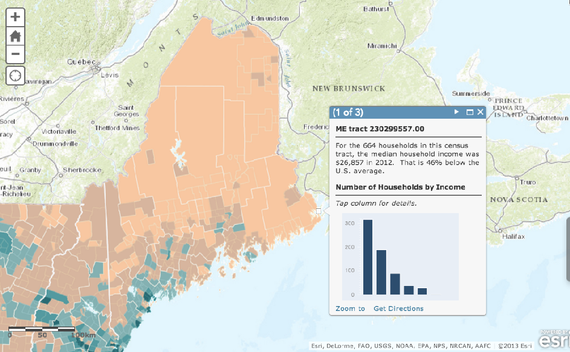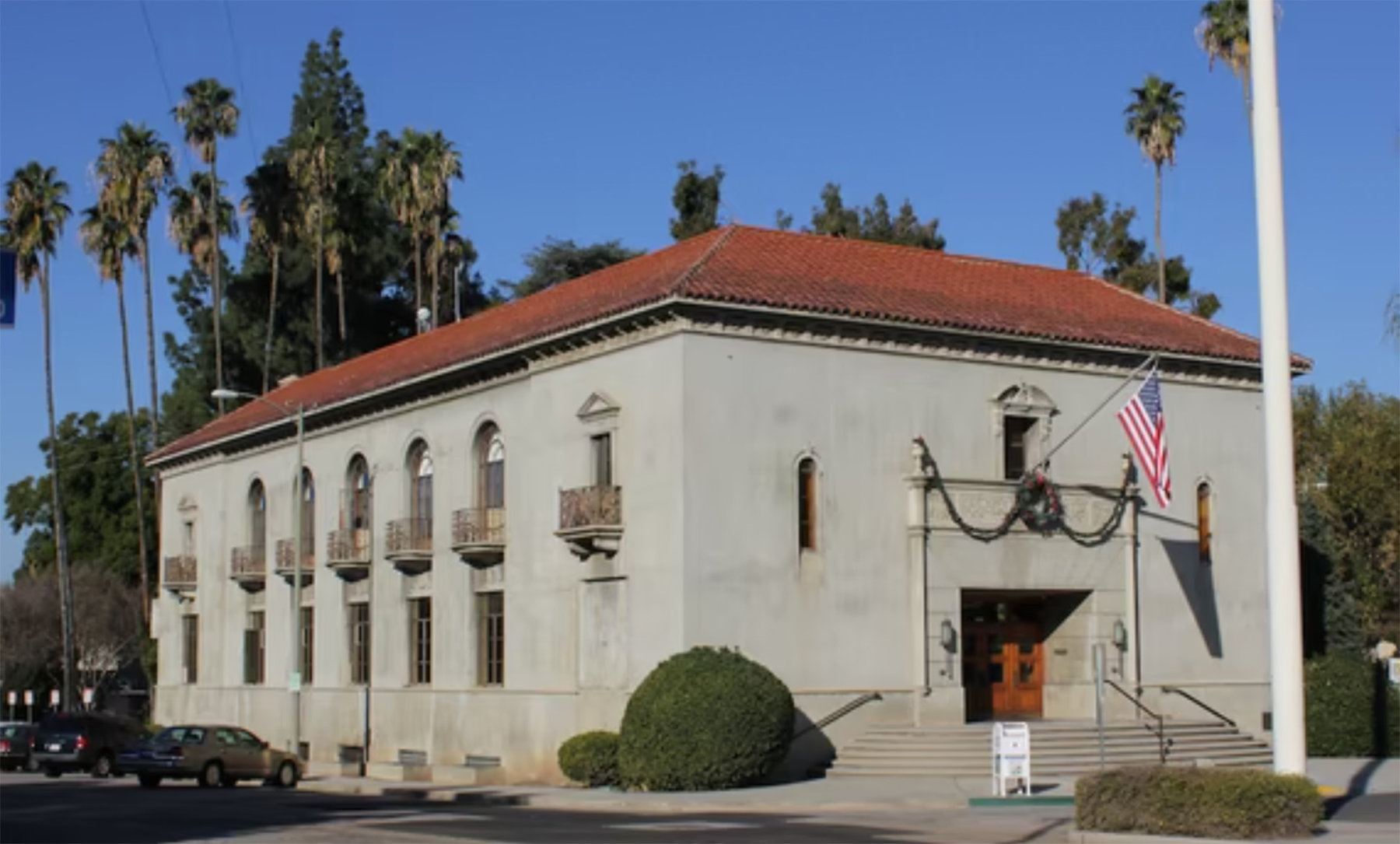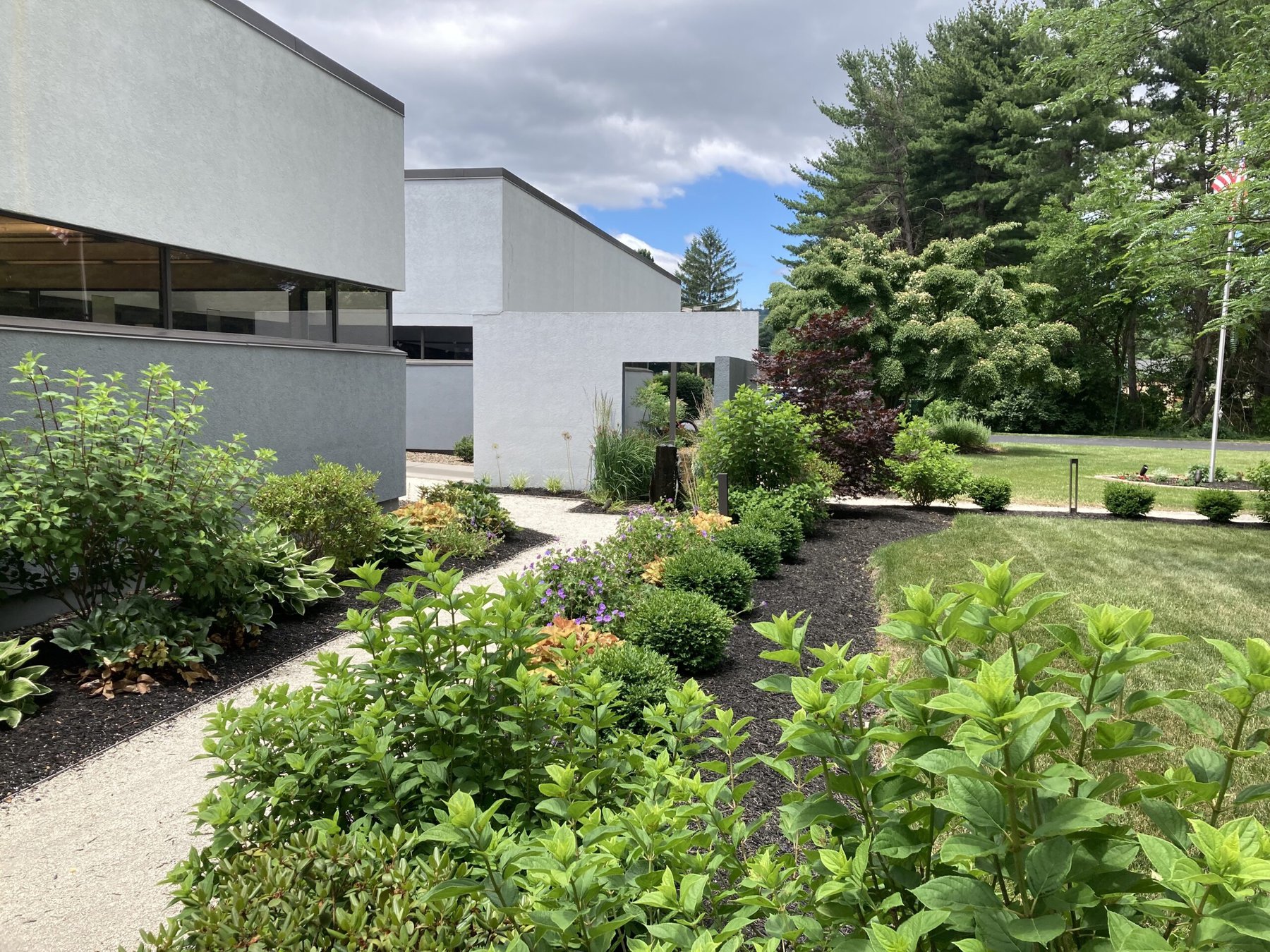This afternoon, Friday, our Marketplace partners will have their next report in our “American Futures” series. This one is from Redlands, a smallish town that is part of the unglamorous “Inland Empire” of Southern California. In addition to being the place where I grew up and still feel that I am from, Redlands is also the home of a hugely successful, 3,000-employee software firm. This company, Esri, was founded and is still run by a family friend, Jack Dangermond. It is the world leader in the technology known as GIS (Geographic Information Systems) that forms the backbone of commercial, governmental, environmental, and other mapping services around the world. It is also our mapping partner in this Atlantic-Marketplace project.
My wife and I will try to describe in the next few days what we’ve learned over the past few days of our return here. The thought on my mind right now involves the limits but also the power of the stories people tell themselves about where they live. I think this will also be part of Marketplace’s angle in the next report.
For instance: in our previous stop, the tiny settlement of Eastport, Maine, entrepreneurs are trying to tap the Bay of Fundy’s tidal flows to generate sustainable, zero-fuel, zero-emissions electric power. And this screenshot from a GIS map, whose original you can find via Georgia Tech, suggests why. This map shows tidal-energy potential around the American coastline. The very peak of potential power, shown in red and helpfully highlighted with a red arrow, happens to be exactly in the waters off Eastport, Maine:

That’s an advantage: Eastport can do something that no town in Kansas or even most of the Atlantic coastline could. But the town also faces huge obstacles. Here’s another GIS map from Esri illustrating median income across the country. You can click into a zoomable, scrollable interactive version here. This screen shot conveys the point about Eastport:

Median household income in the city is barely half that of the U.S. as a whole, less than $27,000 per year. The blueish areas stretching from Boston up toward Portland and Bar Harbor are high income. If you could see New York, the color would be bright red, for wealth. The tan areas of the rest of Maine are poor. These realities mean fundamental challenges for Eastport and other parts of “Down East,” no matter how great their determination.

These limits are real: no amount of positive-thinking can change a city’s location or, at least in the short run, offset its demographic or transportation obstacles, as our teammate John Tierney has described.
But — and here we come to the positives — the further we go in this journey, the more impressed I have become with the importance of the stories people tell themselves about their city’s or region’s success.
First, they have to think of themselves as a city — a distinct region and culture, not as part of an urban sprawl. The places we’ve been most definitely have a sense of themselves as distinct entities, with their own traits and strengths. I can name half a dozen places (but won’t) in the Bos-Wash corridor or LA Basin sprawl that don’t have that distinct sensibility and just happen to be where you live.
What are those identities? Yes, yes, any answer is an oversimplification (like answers about the American Dream or the Chinese Dream). But, to oversimplify:
- In Holland, Michigan, the civic story was that local business successes would stay locally focused and should/would use their wealth for civic benefit;
- In Sioux Falls, South Dakota: that the city’s growth provided wide-open opportunity for a steady flow of migrants from the smaller-town Plains regions and from troubled areas overseas, which the broad-shouldered city was remarkably successful in absorbing;
- In Burlington, Vermont: that people had deliberately come to a special place to create special circumstances;
- In Eastport, Maine: that the handful of people who remained would do whatever it took to make the place survive; and now …
- In Redlands, California: that a place considered boring and tacky in the world’s eyes was in fact special and precious, thanks to wise decisions by its founders and forebears — and that its current residents, beneficiaries of this heritage, had an obligation to live up to that past standard.
That is enough for now. Tomorrow, before the Marketplace broadcast, I’ll try to do a feature on one of the clearest examples of this civic self-understanding in Redlands: a fourth-generation farmer who, after a successful two-decade telecom career overseas, decided that his real business and personal destiny was to take over the family citrus-tree acreage and try to make a remote city a center of local-food consciousness.




